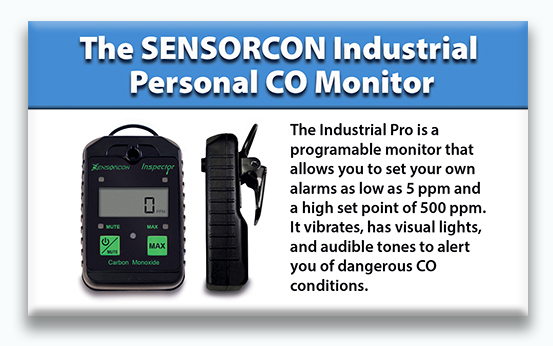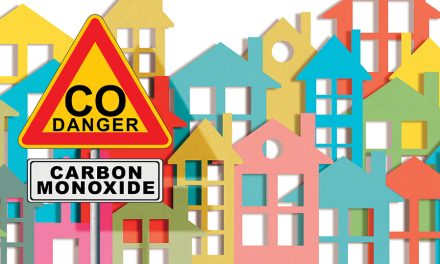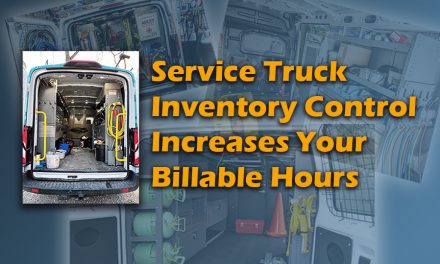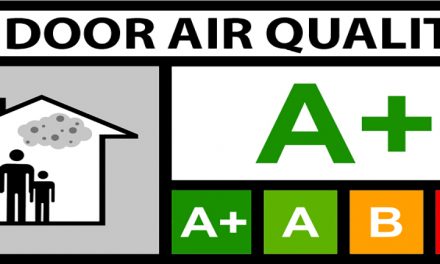For decades the HVAC industry has been chasing technological advances in a quest to develop an appliance that operates efficiently and safely with an increasing life span. In many cases, manufacturers are driven in this quest by ever tightening regulations and requirements in efficiency and carbon footprint. At the same time, the industry has not been a great steward to HVAC contractors who must install and startup this equipment in locations that greatly vary from the laboratories where they were developed.
Many of the installation instructions for HVAC equipment don’t contain the critical information that would allow to properly install said equipment, analyze, and adjust it for the most optimum and efficient operation. Over the years, this situation as well as other compounding issues leave furnaces operating poorly and inefficiently. Unfortunately, in many cases, this leads to a shorter equipment life span than intended by the manufacturer.

A Dangerous Situation
During the last nine years working for National Comfort Institute (NCI), I have facilitated utility training in Southern California. One component of the training is field coaching with technicians from the training classes. It became clear that incomplete start-up practices, a faulty mindset, and faulty information led to dangerous equipment operational conditions.
Recently, a technician called to ask if I found a lot of high-limit switches failing. He said he found quite a few.
Sadly, there is little information available on gas adjustments and combustion to enable technicians to make needed adjustments for safe operation.
I explained that safety switch failures most likely were due to furnace overheating. It could also be caused by cycling on the high limit, or causing it to trip frequently, or fail. He indicated that in the past he “solved” the issue by replacing the high limit or by increasing the temperature range of the safety switch. These are band-aid fixes at best.
After spending more time with him and teaching him how to analyze the furnace, he became more confident. He looked beyond the symptoms and simple band-aid fixes.
Over the last several years the situation worsened with the introduction of Ultra Low NOx furnace requirements in California.
Click Below for the Next Page:













Recent Comments